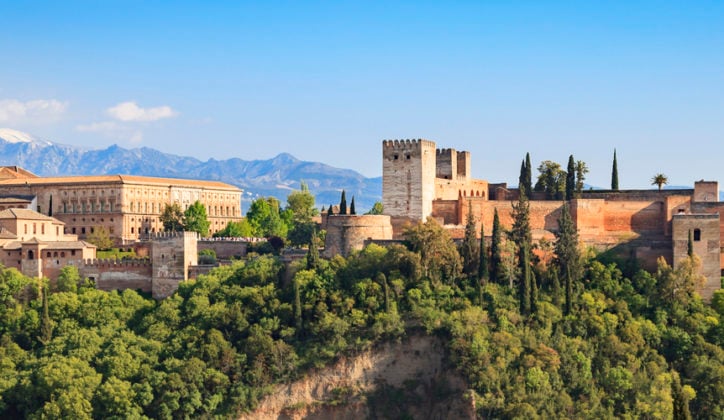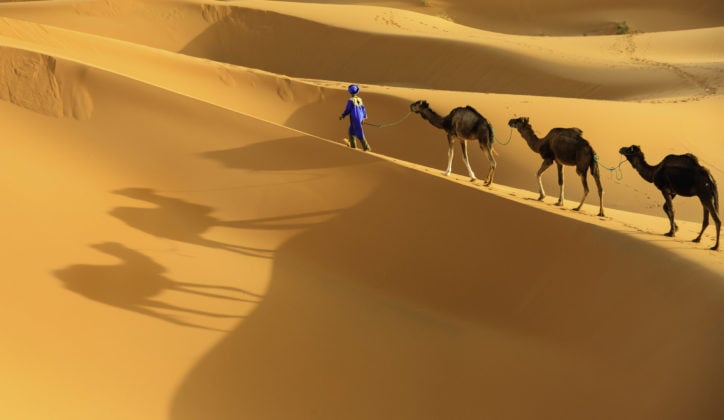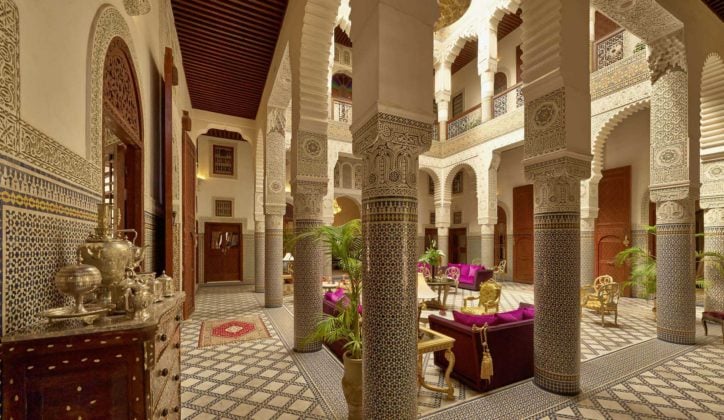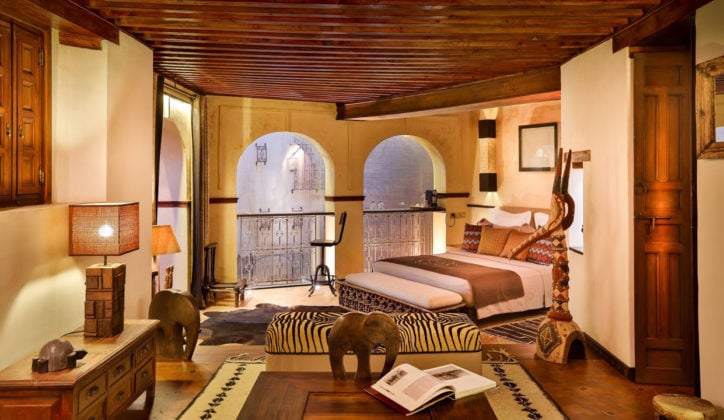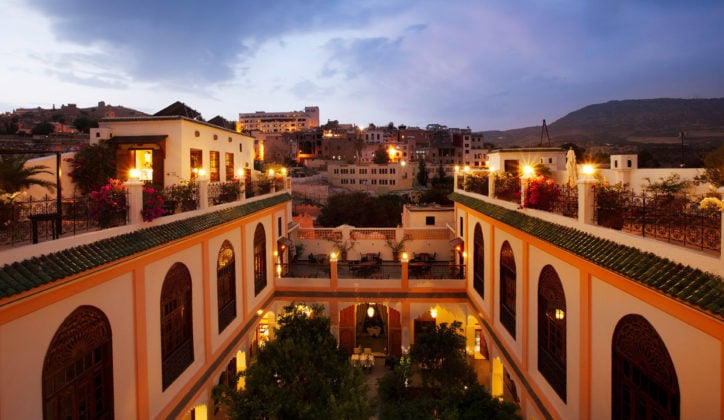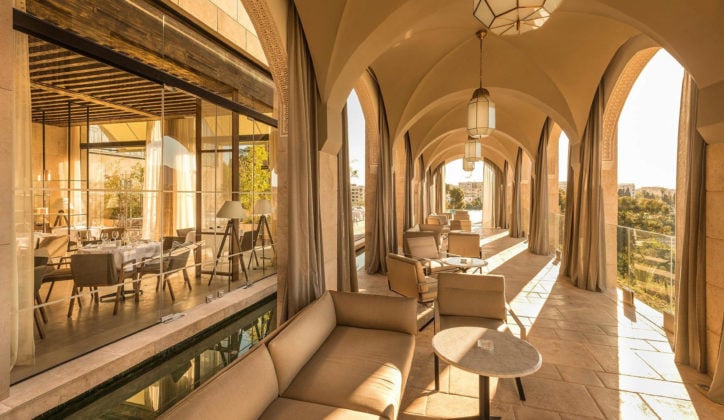The city of Fes, Morocco’s second largest, is considered to be its cultural and religious capital.
Divided into three districts, the oldest and most fascinating is Fes el Bali. Founded in the 9th century, venturing through its vast gates into the medina is like stepping back in time. It’s dense maze of some 9000 alleys are plied by donkeys and hand-pulled carts (said to be the largest car-free urban area in the world), with narrow passageways leading through beautiful squares, into the middle of a spice-scented food market or to a dead end and the ruins of an abandoned house. Head up to a rooftop terrace to really appreciate the maelstrom at street level.
It’s in Fes el Bali that you’ll find out why its long been the city of intellectuals, imams and artisans. Among the dozens of madrasas (Islamic schools) is the University of Al Quaraouiyine, the oldest degree-granting university in the world, great mosques such as the Bou Inania Madrasaa and holy shrine to the city’s founder, the Zaouia Moulay Idriss II. Countless workshops and souks are packed between, most pungently in the Tanner’s Quarter where barefoot workers tread hides in dyeing pits. The medina is also famous for its brass and copper crafts, handmade ceramic, Berber rugs as well as its leatherware.
The fresh air of the public Jnan Sbil Gardens connects the old medina to Fes el Jdid, or ‘New Fez’, the 13th century extension which contains the vast Royal Palace and the Mellah which was once home to some 250,000 Jews, many immigrants from Spain. Built by the French at the beginning of the 20th century, the Ville Nouvelle is the third and most modern of Fes’ districts.
With a fraction of Marrakesh’s tourist footfall, Fes and its medina offers a raw, sensuously intense experience of Morocco that isn’t for everyone. For those after an unfiltered insight into Moroccan culture, we recommend a couple of nights here with a private guide on hand to lead you through.
Itineraries including Fes
Accommodation in Fes
Here are some of our travel designers' favourite options















